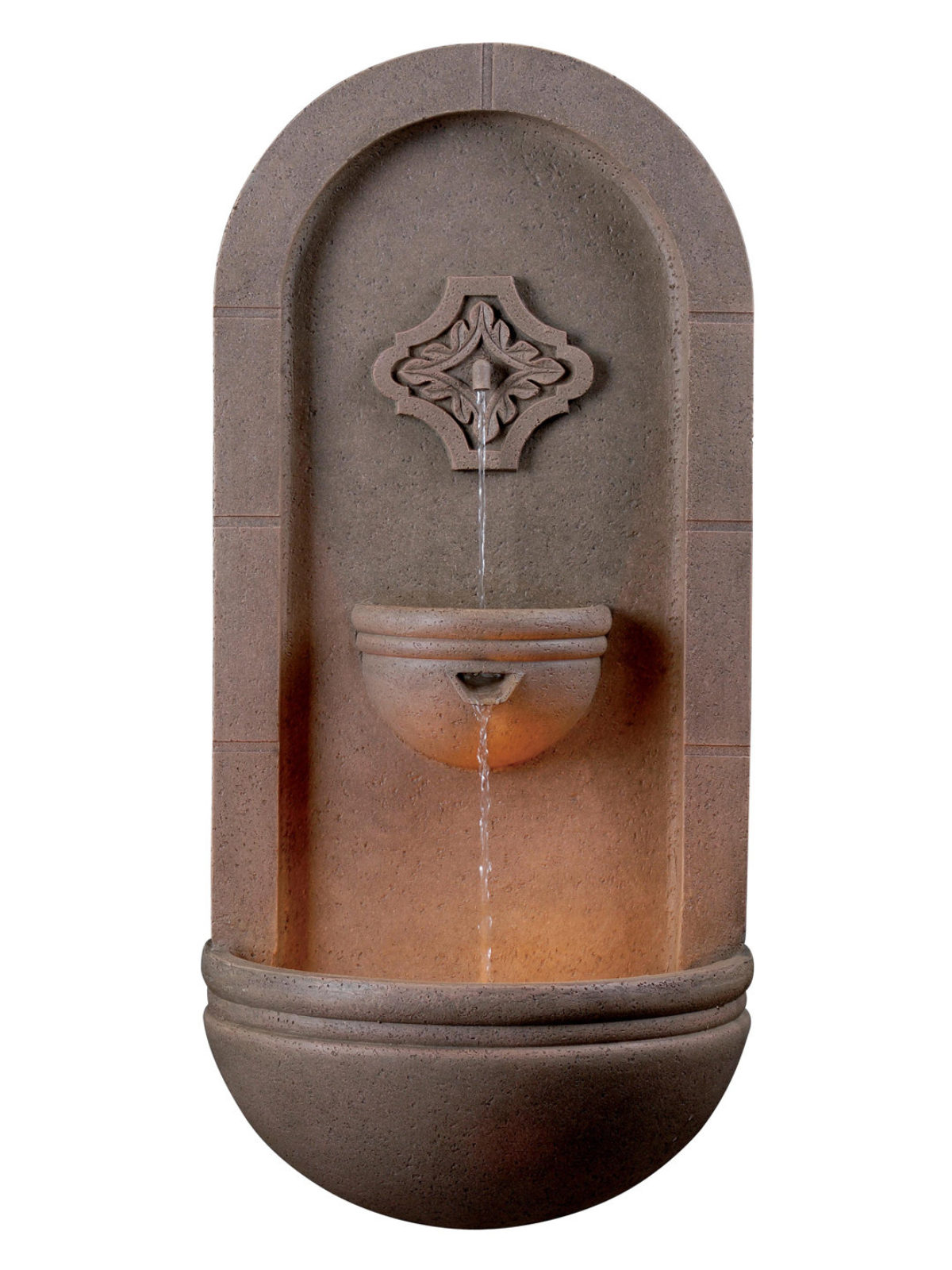On the first day of February, somewhere in Ireland, a ewe is born and peacefully nestles at its mother’s side, warmed by her body, nourished by her milk. This is a pleasing sign of spring, as are the days which are visibly lengthening. In Ireland, the first day of February is widely celebrated at St. Brigid’s Day for the Christians, and as Imbolc for present-day pre-Christians, with some similarities to Ground Hog Day when we pause to speculate on the imminent or distant arrival of spring.
Most of us are familiar with Saint Patrick as the patron saint of Ireland, but Saint Brigid is the sole woman who also carries this honor. Brigid, who was born around 525 A.D., established a religious house for women in Kildare. There are remarkable stories about this woman, but the one I like the most is that from a very young age, she gave things away. If someone needed something, food or whatever, and she had some, she just gave it to them. Apparently this annoyed her father, but Brigid persisted. The mystery in it, though, and the part of the story that I like the most, is that, in spite of her giving food away to the poor, her pantry was always full. Isn’t this love, too, in that the more love you give away, the more you have in your heart, your “pantry” for love?
Brigid is also associated with fire, although this association seems to date back to the pre-Christian goddess Brigit. There was an inextinguishable fire at Brigid’s religious house in Kildare which burned for 500 years but produced no ashes. I think most of us can relate to the idea of an inextinguishable fire, be it burning in a fireplace or in our hearts. But the lingering mystery for me in this story is that men were not allowed near this certain fire in Kildare.
Brigid is also said to have wailed the first keening in Ireland upon the death of her son. I was familiar with keening from Irish literature, but I was not aware that the origin of this in Ireland was a woman mourning her son’s death. But this should come as no surprise that this dreadful sound, a direful moaning chant, would come from the heart of a woman who has lost her son.
My final story about Brigid rests with what is known as a St. Brigid’s Cross. The story tells us that St. Brigid converted a man on his deathbed. In the process of conversion, she held a cross over him that she had made of rushes found on the floor around her. Women in Ireland still plait rushes into a cross, as St. Brigid did, and these women hang their creations in their kitchens. The St. Brigid’s cross I have, which is pictured above, was plaited by an extraordinary Irish woman, Nancy Stevens, a woman whose pantry was always full in spite of her endless giving to her family, friends, and strangers who crossed her threshold. She was also the first one up each morning to tend to the fire that was always burning in her kitchen, a fire that warmed me on many days and in as many ways.
The story of Brigid resonates with women, which is why I wanted to post her story on the first day of February. In honoring her today, we honor all women who have showered us with both tangible and intangible gifts from their pantry, stoked those inextinguishable fires which burn in all women’s hearts, and taught us to wail like a banshee should a child be taken from us. http://thewildgeese.irish/profiles/blogs/saint-brigid-s-day
